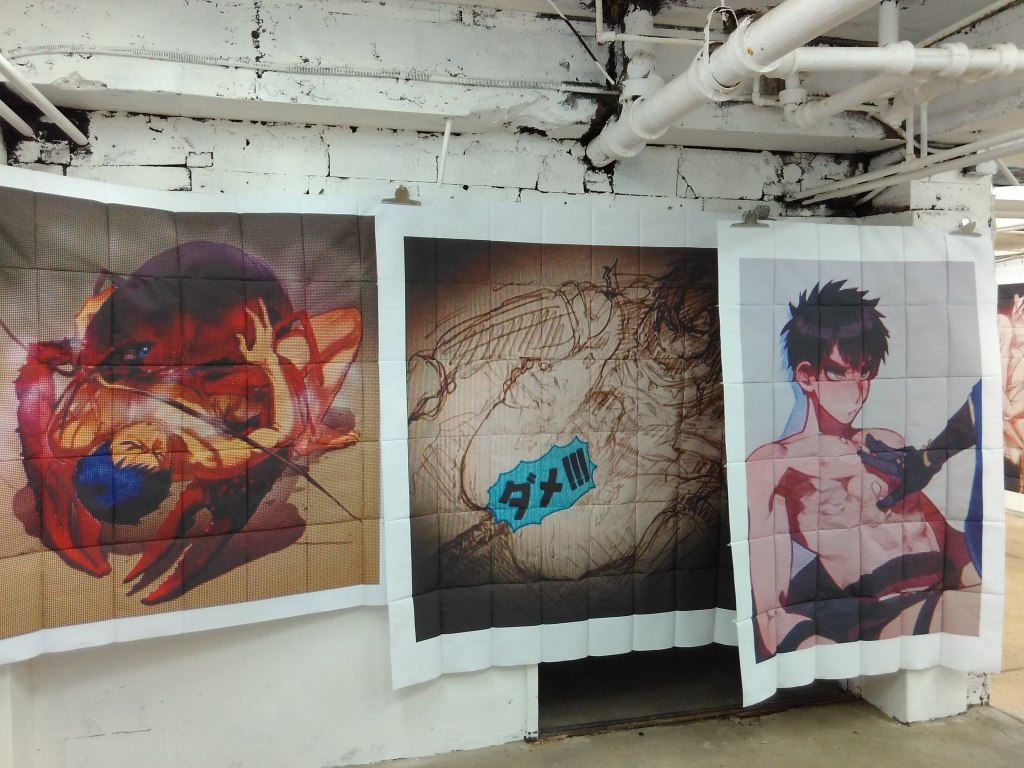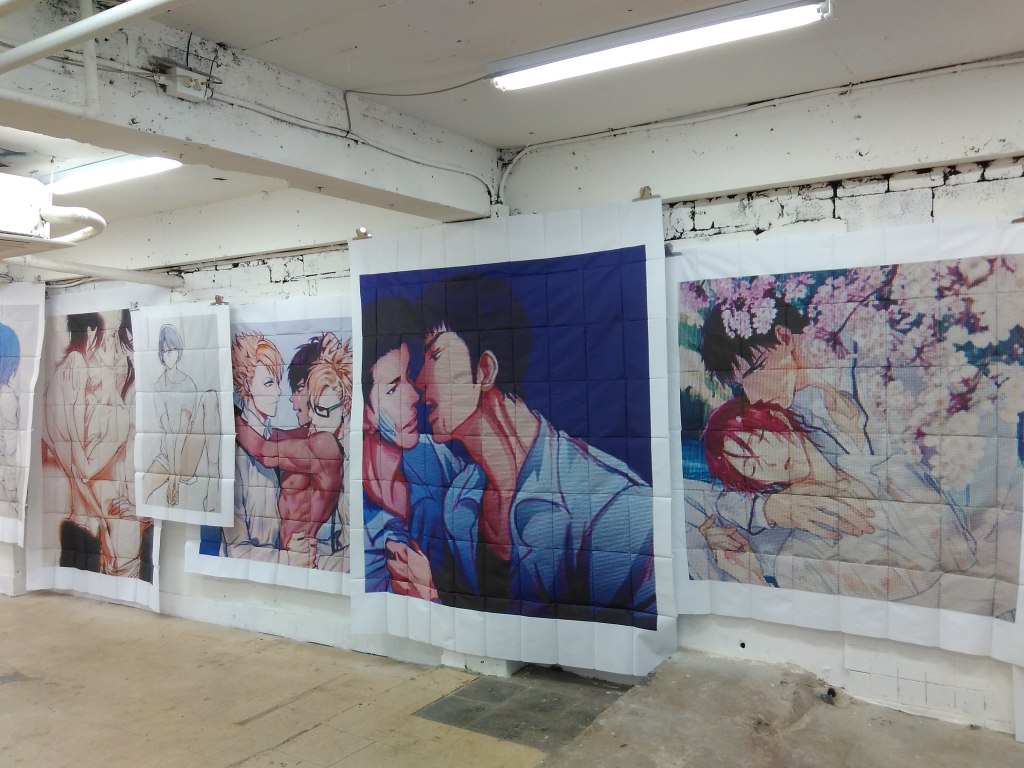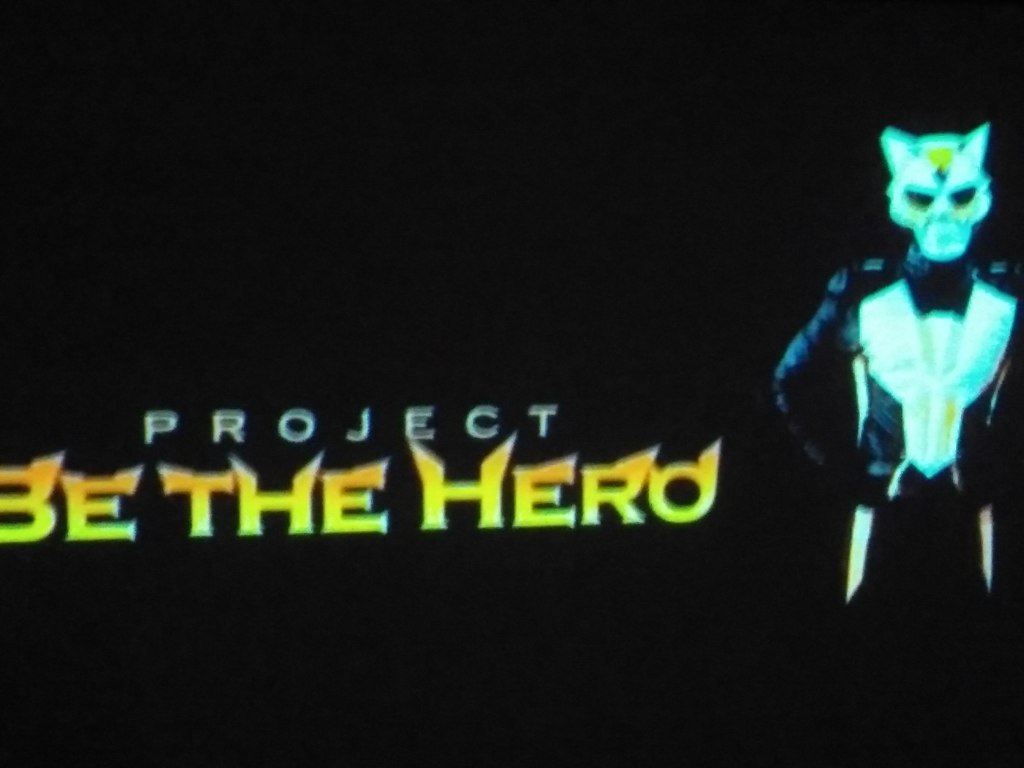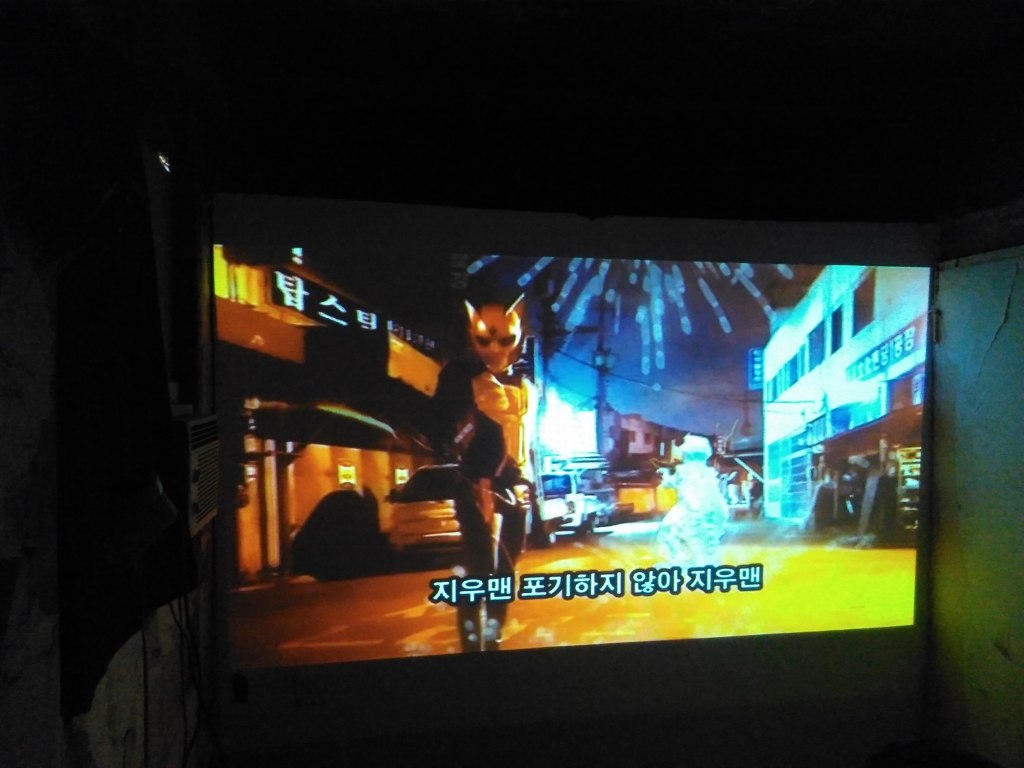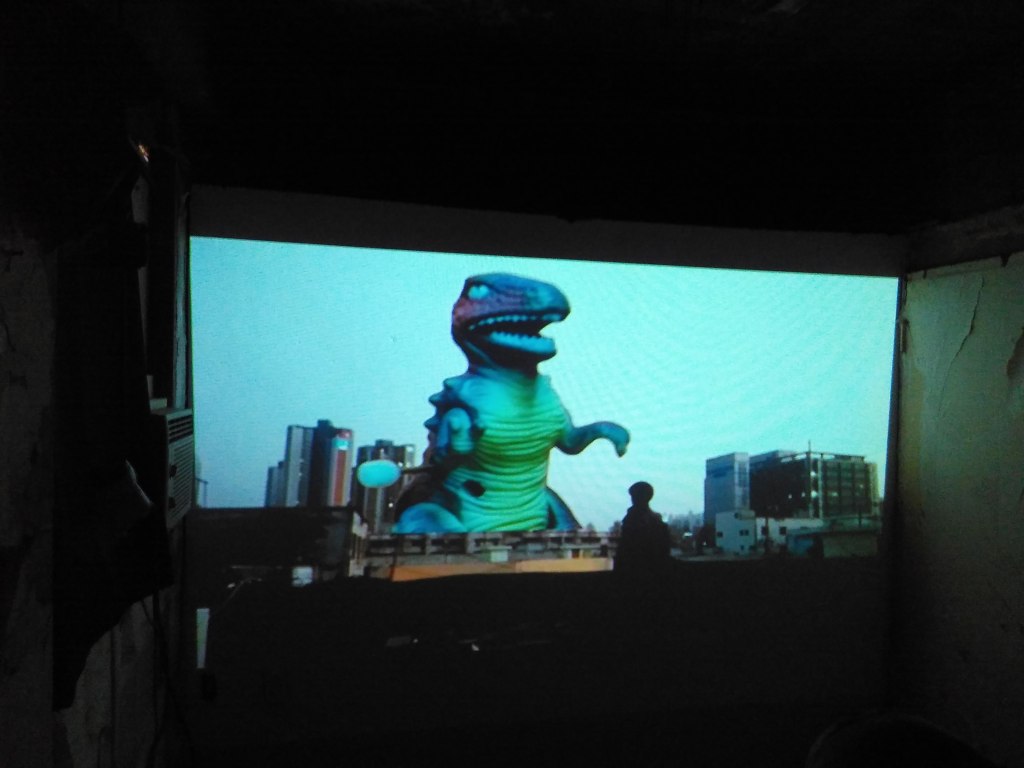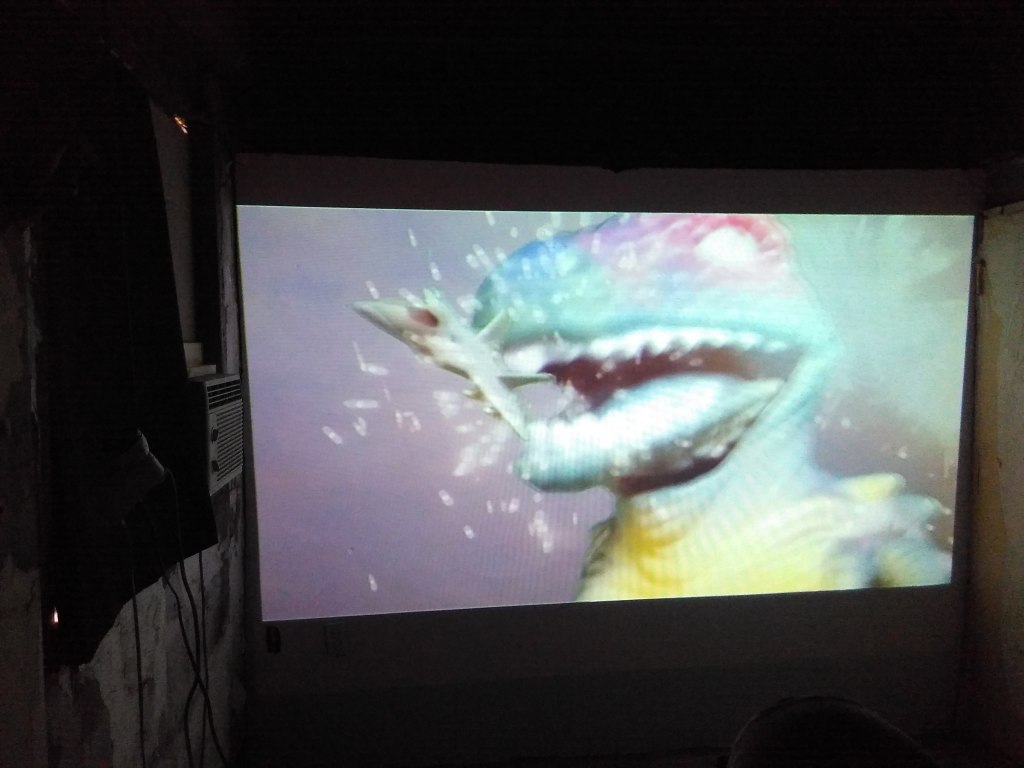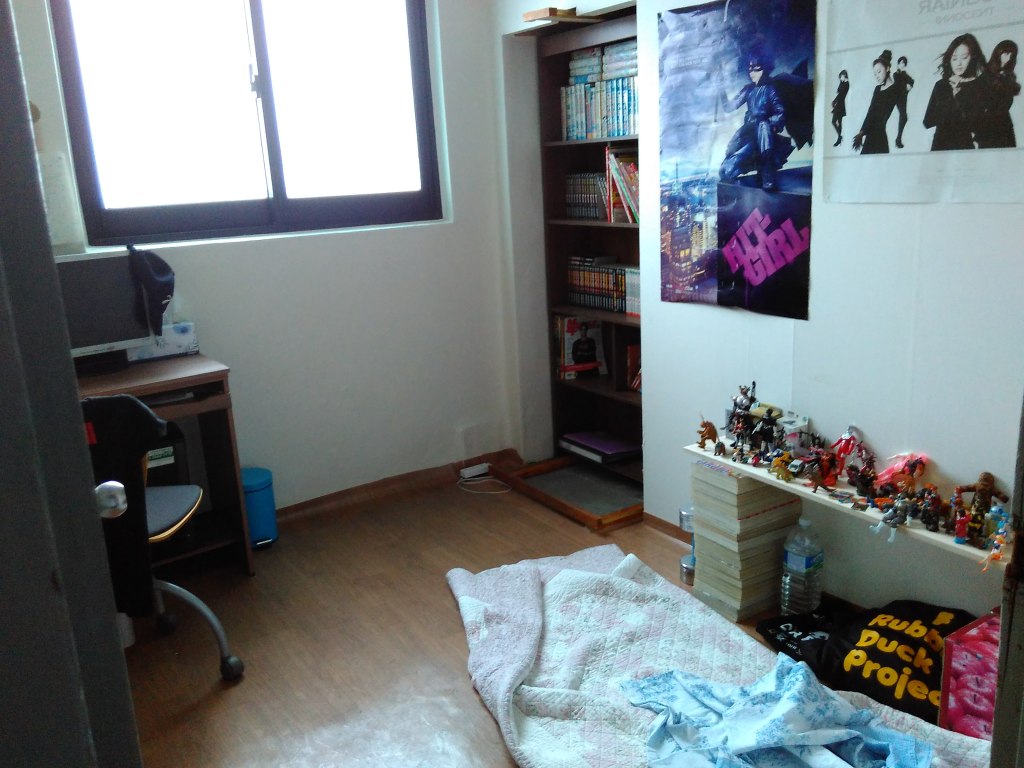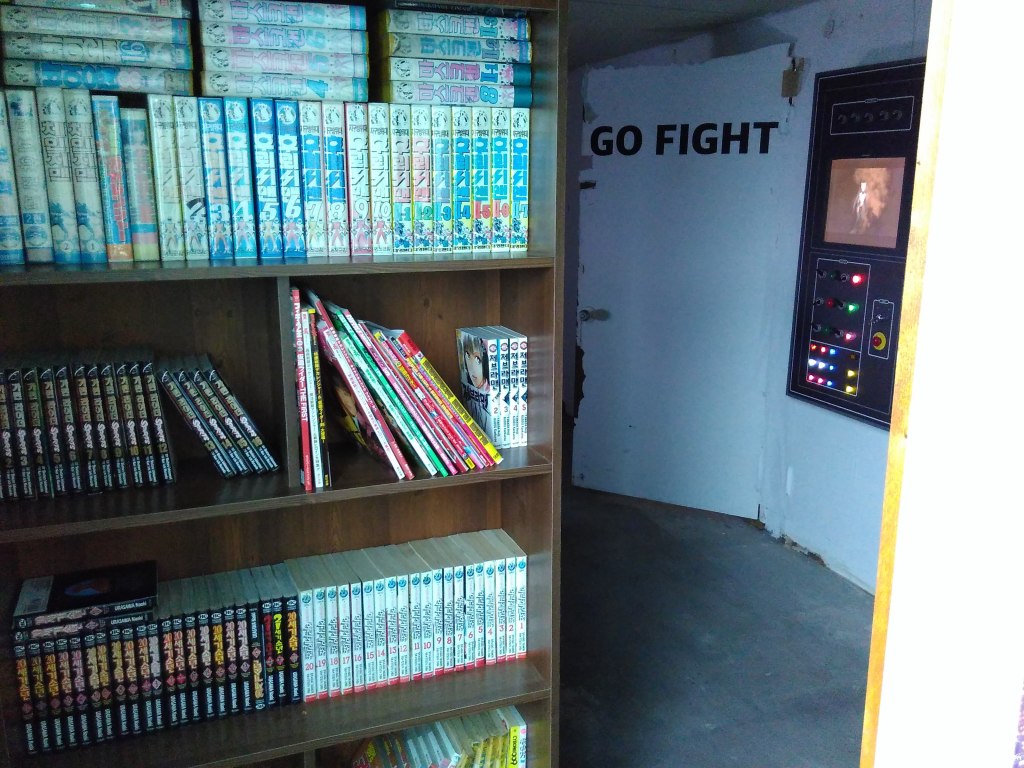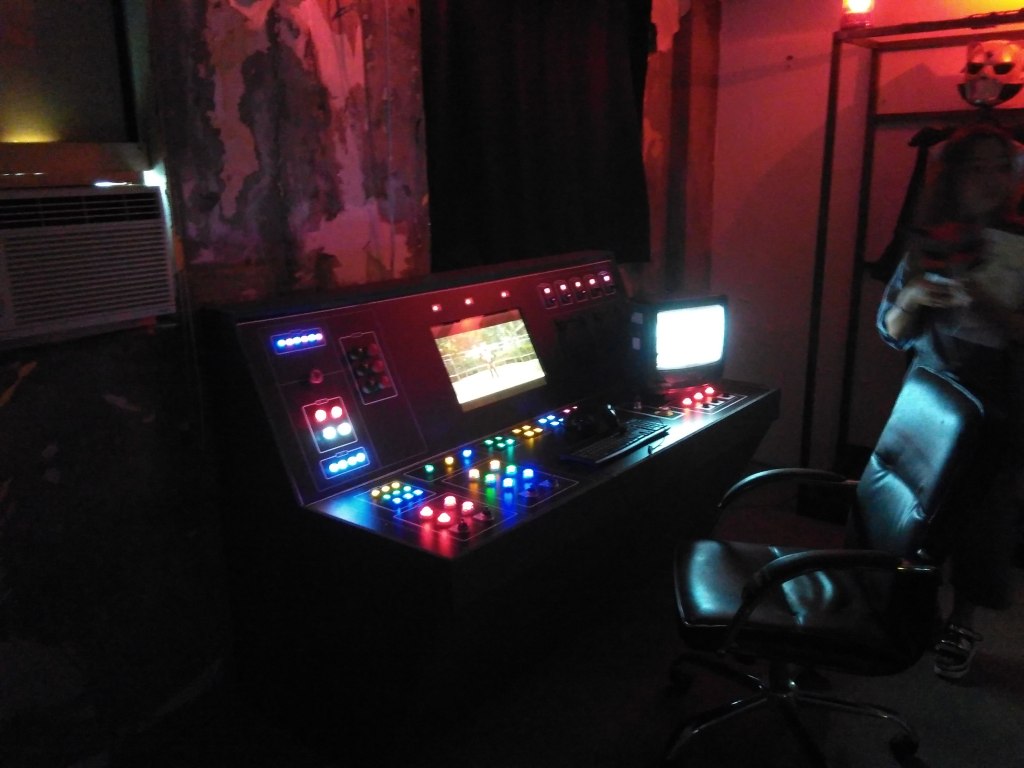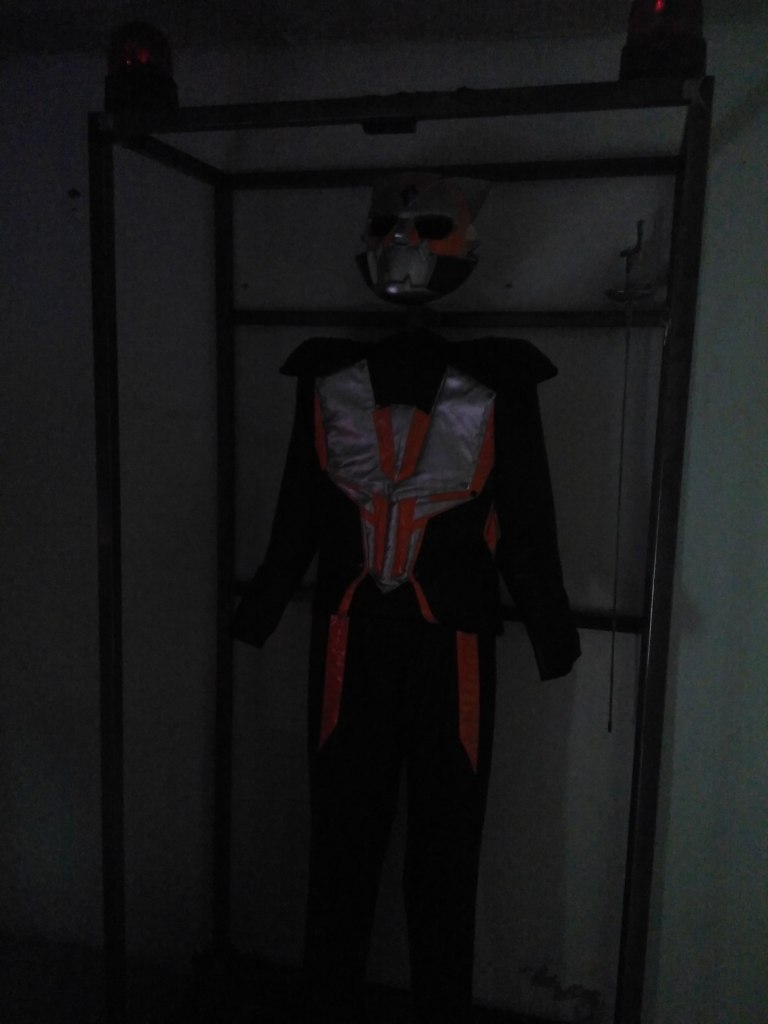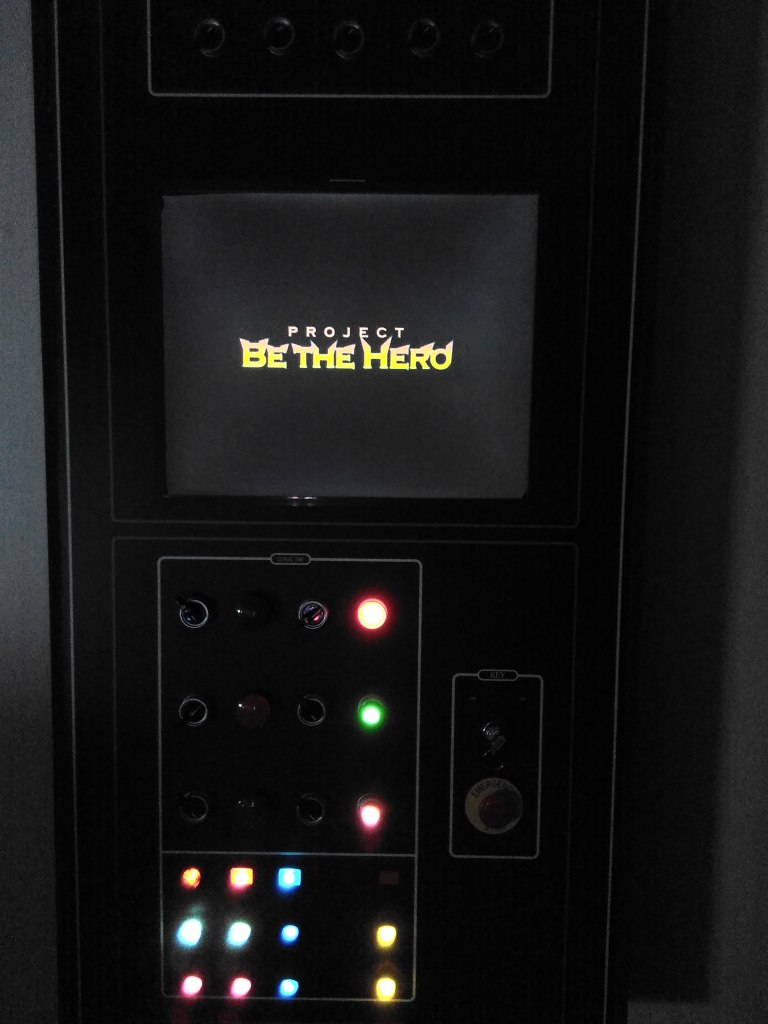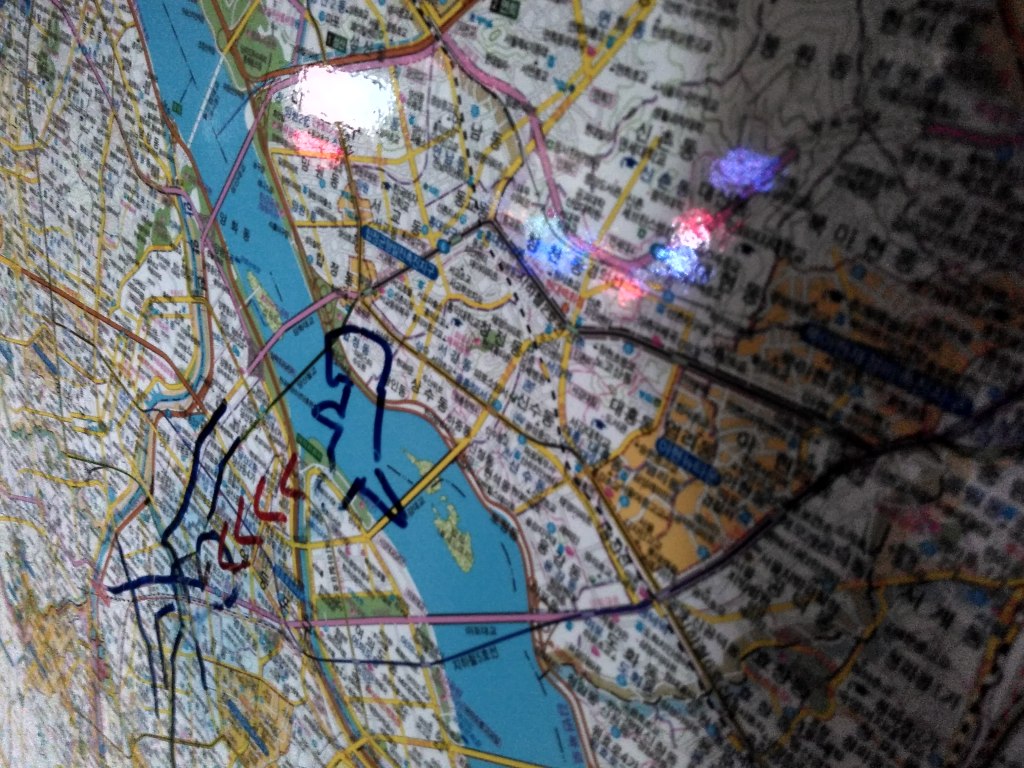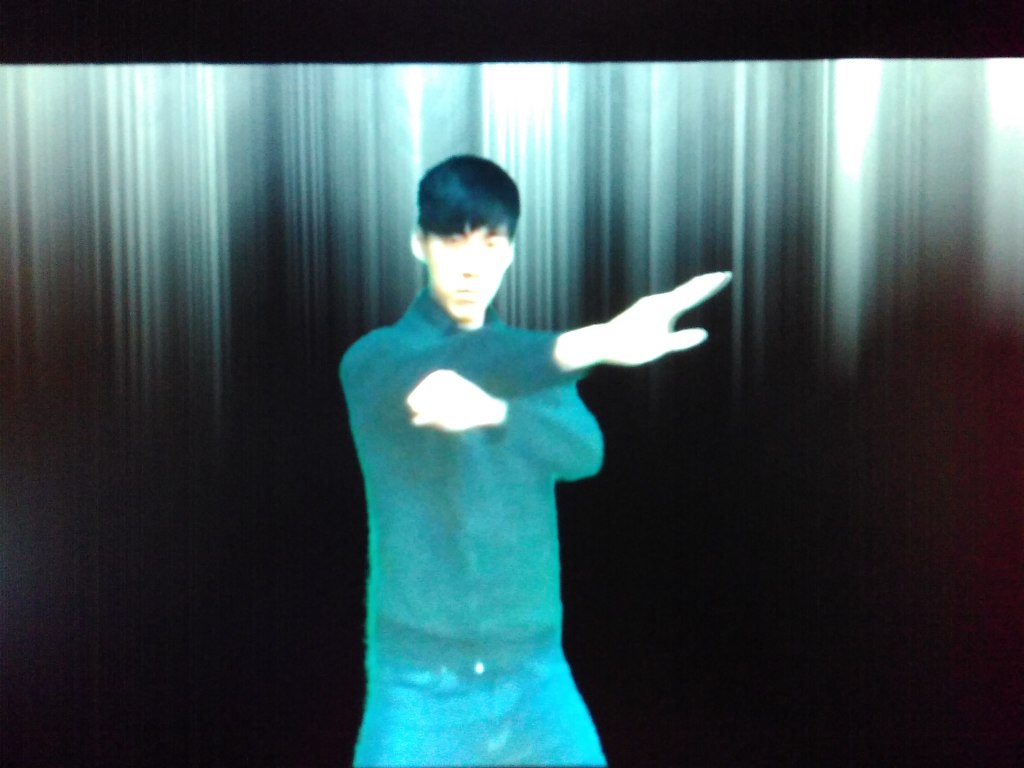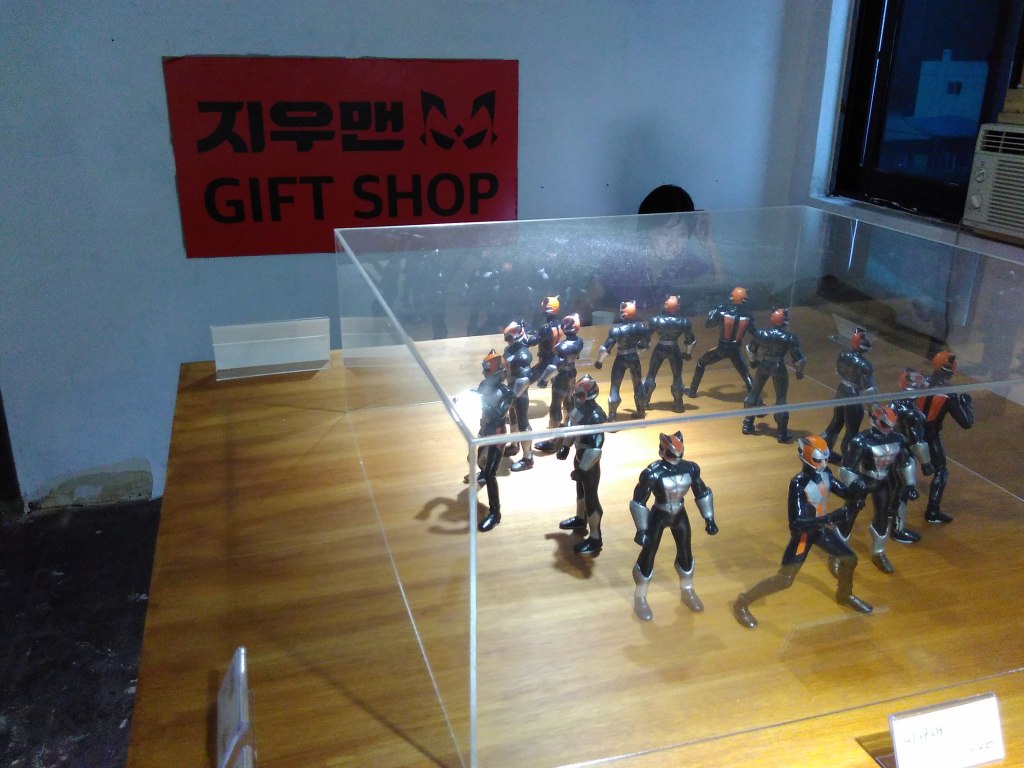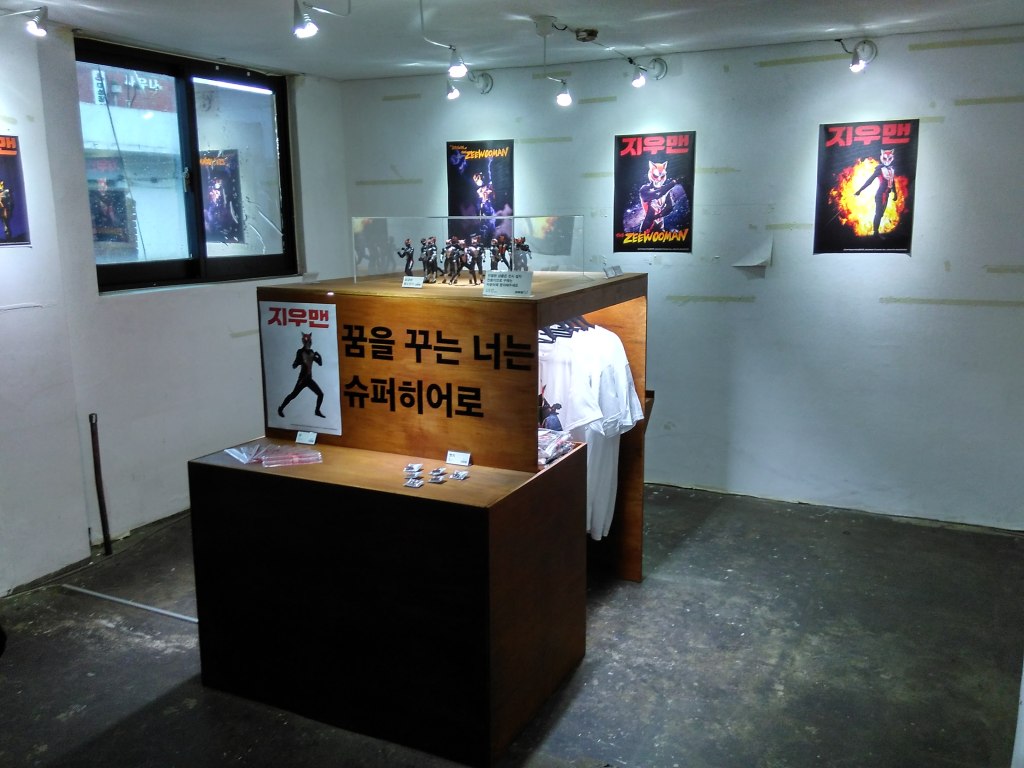Seoul, August 8 – September 20, 2015, http://www.commoncenter.kr
Two one-floor exhibitions were running concurrently at Common Center. I could sense a continuing thread from the last group show, likely pointing towards the Common Center owner’s love for on-line subcultures, manga, etc.
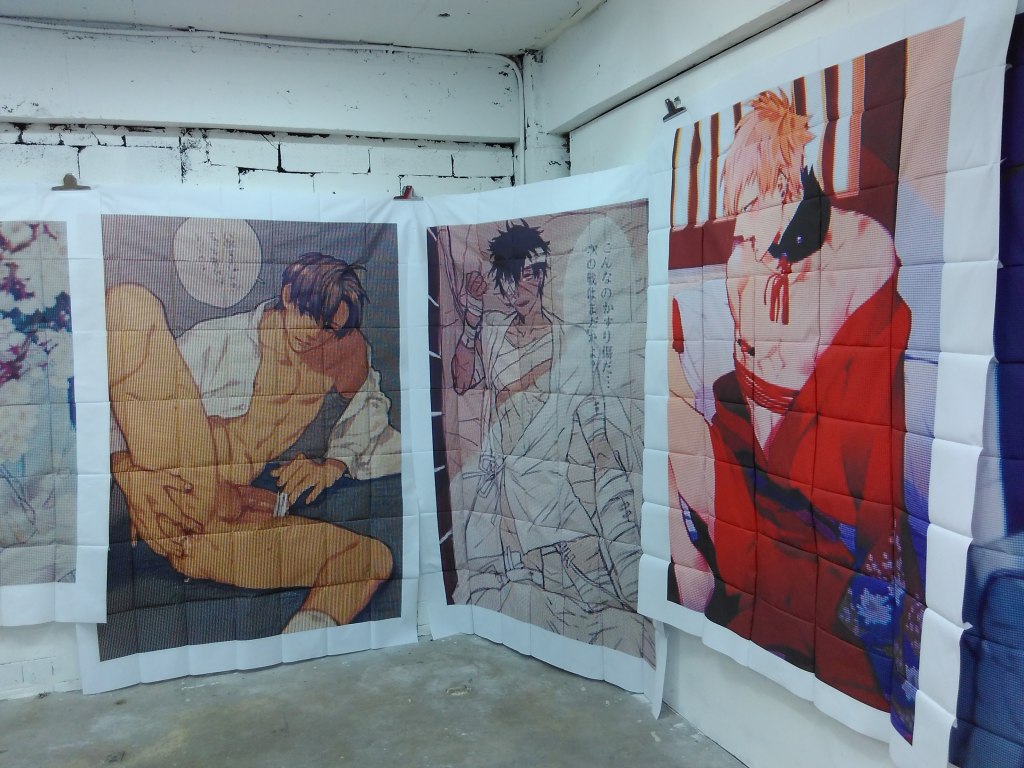 Regarding “Fujoshi Manifesto” I first have to say I am not so familiar with the abysses of on-line forums or manga shops where this exhibition sourced its inspiration. Images of boy-boy love manga (from on-line forums) have been re-photographed from the computer screen, blown up and printed on canvas tiles sawn together, resulting in big tiled canvases, which were hung loosely and densely next to each other using large paper clips on the whole perimeter of the room.
Regarding “Fujoshi Manifesto” I first have to say I am not so familiar with the abysses of on-line forums or manga shops where this exhibition sourced its inspiration. Images of boy-boy love manga (from on-line forums) have been re-photographed from the computer screen, blown up and printed on canvas tiles sawn together, resulting in big tiled canvases, which were hung loosely and densely next to each other using large paper clips on the whole perimeter of the room.
In my understanding Japanese manga originates from a cross-fertilization of American comics and Japanese own graphic art history. Fujoshi originated as a niche within this culture, focusing on boy-boy themed manga. The artist scoured on-line forums and appropriated works s/he came across, transferring them into a new context, probably to manifest his/her own interest in this genre. This long chain of influences has been the most interesting part of the work for me when I looked at it.
“The Beginning of Zeewooman” exhibition kept this causal chain a bit more simple, by referring to the traditional “super hero” theme, which spans across cultures and millennia. The exhibition consisted of a screening room, a large installation and a gift shop. The screening room showed movies featuring Zeewooman (a super-hero invented by the artist), with typical superhero-saving-the-world-from-the-evil type of stories. Videos were made in a crude “home-made” style, with toys as models and imperfect matte keying. The installation was impressive: Again in terms of an idea, it was a typical superhero setting imitation: A small room of a Korean teenager/student, with a superhero toy collection, some pop-star posters and a bookshelf with manga books. The bookshelf doubled as a hidden door into another room, which was the ‘control center’ of Zeewoman: The “work dress”, a large control board, maps, etc. Everything Zeewooman needs to save the world from evil. The last room was a fake ‘gift shop’ where stickers, T-shirts and other Zeewooman merchandise was sold.
The Zeewooman show touched me with the energy and precision that must have gone into the installation. In terms of content, I wondered how many more superman/superwomen we need until there is enough. Probably infinite. It was a beautifully made fan-product, but I couldn’t figure out how to place it in a contemporary art context.
In both cases, the difficult positioning within contemporary art was probably the reason CC selected the shows. The works were both building on an anime/commix fan culture which one is part of and understands or isn’t part of and doesn’t get. Both of the works communicated a genuine interest/obsession of the artists, and thus felt more honest, but also naïve than then the typical Takashi Murakami or Yoshimoto Nara “mass market” products. Yet for an uninitiated viewer, Chin Chang Chong and Jaewoo Chang’s works also lacked the slickness and packaging that makes the aforementioned “mass market” products easy to consume, which is can be seen both as a disadvantage or advantage.
Chin Chan Chong’s work was more focused and ‘special’ in terms of the weird content. The installation format was also quite strong. But the show did not contain any narrative or hint at a future direction. In this sense it was reminiscent of a screenshot collection of images s/he ‘liked’, that could be endlessly extended without bringing anything new.
Jeewoo Chang’s work was much more accessible as it was using existing formulas (action movie, super here, gift shop) and filling them with new content. It was ‘new’ but it did not differ much from all the other superhero’s that there are. Again, that has a good and bad side. On one hand, it made the work easy to understand, and the exhibition can be seen as a practice for a real superhero entertainment product construction. On the other hand, was this the artist’s goal? Or has there been any critical intentions? I couldn’t find an answer.
Overall, this exhibition was strange for me at first, but in hindsight, as I organize my thoughts while writing, it becomes more and more interesting. A kind of Common Center ‘brand’ is slowly starting to appear in front of my eyes, and I start to understand the segment of the market Common Center is aiming at.

